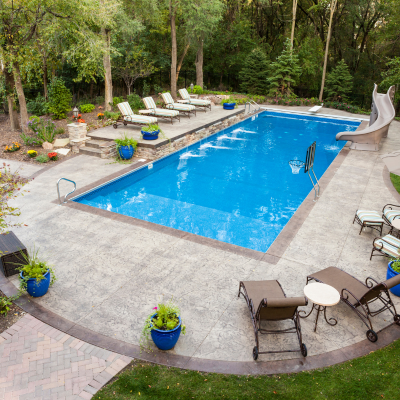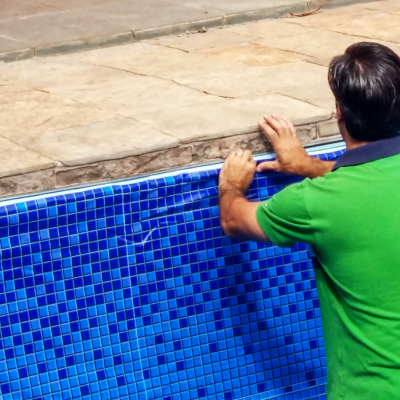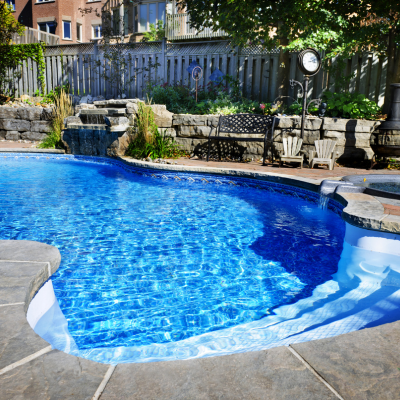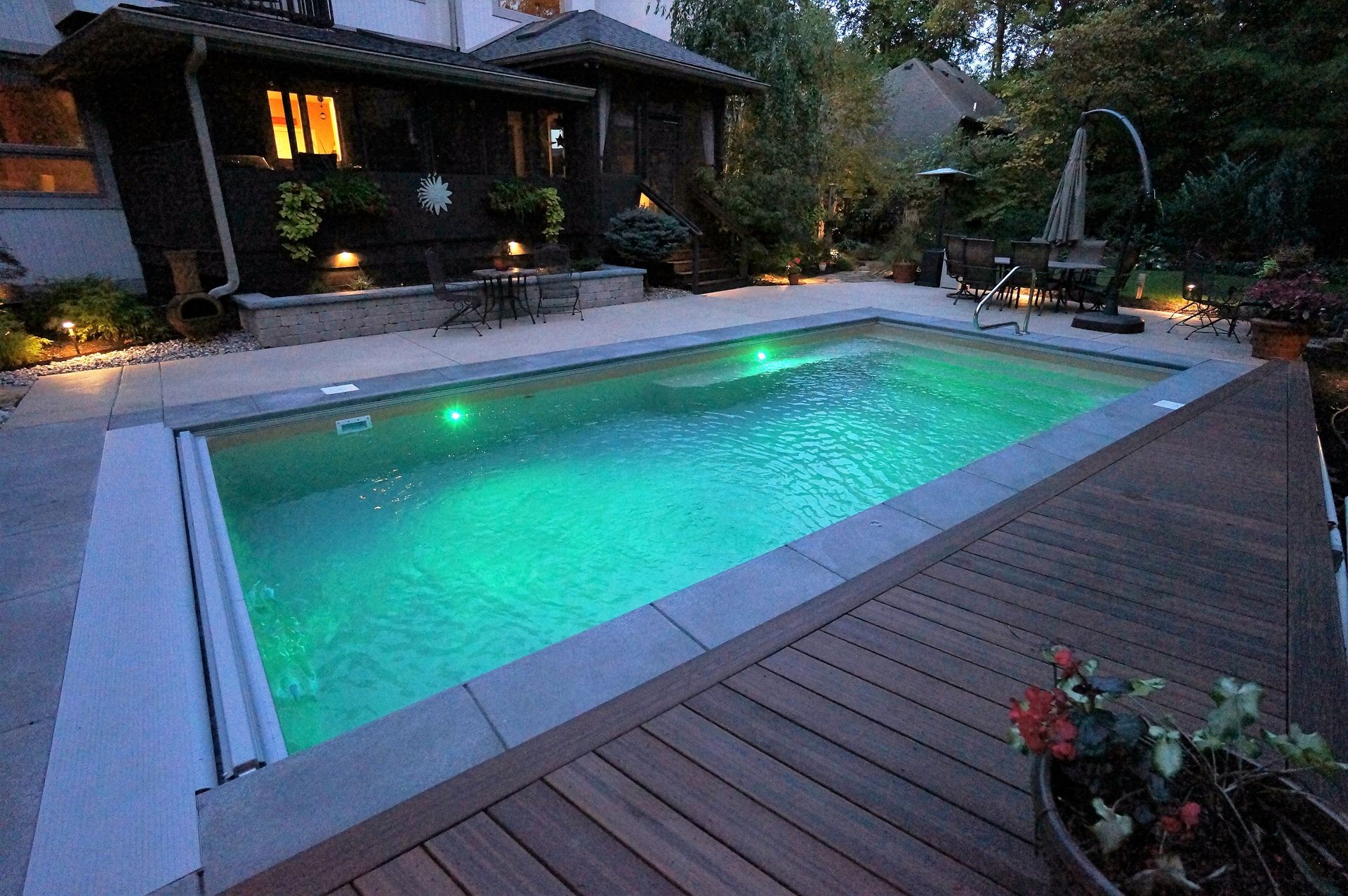Thinking of Installing a Pool? Here’s What You Need to Know

Installing a pool is a dream for many homeowners, offering a place to relax, entertain, and beat the heat. However, it’s a significant investment that requires careful planning and consideration. From choosing the right type of pool to understanding maintenance and safety requirements, there are many factors to evaluate before taking the plunge. This guide will walk you through what you need to know to make your pool installation a success.
Planning and Design
Before diving into pool installation, take time to plan and design the space. Consider the size, shape, and placement of the pool in your yard. Think about how it will fit with your landscaping and the overall aesthetics of your home. Consulting with a professional pool designer can help you visualize the final result and ensure it meets your expectations.
Choosing the Right Type of Pool
Pools come in various styles, from in-ground to above-ground and concrete to fiberglass. Each has its own advantages and considerations in terms of cost, maintenance, and longevity. Evaluate your budget and lifestyle to choose the option that best suits your needs. For a more customized look, in-ground pools offer flexibility with design features like waterfalls and integrated lighting.
Understanding Maintenance Requirements
Owning a pool requires regular upkeep to keep the water clean and safe. You’ll need to invest in equipment such as filters, pumps, and chemical treatments. Automated systems can simplify the process, but it’s important to factor ongoing maintenance costs into your decision.
Considering Safety Features
Safety is paramount when installing a pool. Incorporate features like fencing, pool covers, and alarms to prevent accidents, especially if you have children or pets. Many local regulations require specific safety measures, so ensure your pool complies with these standards.
Permits and Installation Timeline
Installing a pool often requires permits from local authorities. Additionally, the installation process can take weeks or even months, depending on the complexity. Start early to enjoy your new pool during the warm months!
A pool can transform your backyard into a personal oasis, but it’s important to approach the process with thorough planning and preparation. By carefully considering design, type, maintenance, safety, and permits, you’ll ensure that your pool is a valuable addition to your home. With the right choices, you can create a space that provides enjoyment for years to come, making your pool installation a worthwhile investment. Dive in wisely, and your dream pool will soon become a reality!







